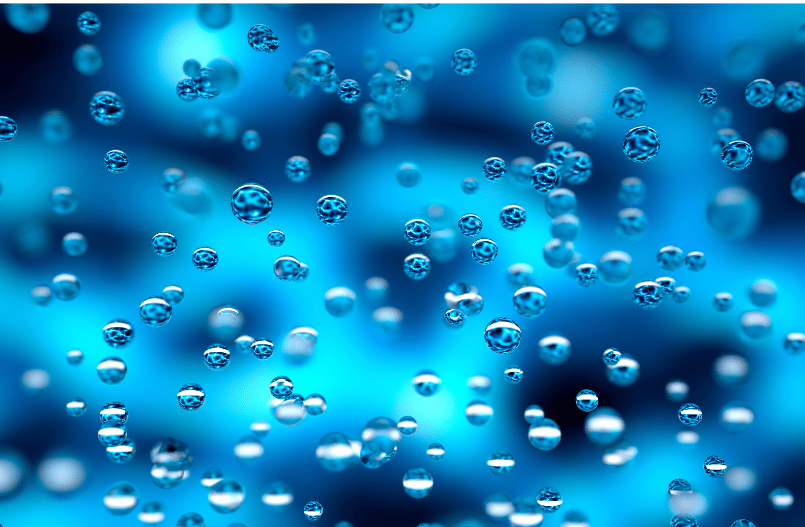In the quest for carbon-free hydrogen production, electrolysis emerges as a promising solution.
This process hinges on utilizing electricity to divide water into hydrogen and oxygen, and it takes place within a device known as an electrolyzer.
These electrolyzers vary in size, ranging from compact, appliance-sized units ideal for localized hydrogen production, to extensive central facilities seamlessly integrated with renewable or other non-greenhouse-gas-emitting electricity generation.
Understanding the Mechanism
Much like fuel cells, electrolyzers comprise an anode and a cathode separated by an electrolyte. The type of electrolyzer depends on the specific electrolyte material and the ionic species it conducts.
Polymer Electrolyte Membrane Electrolyzers (PEM)
In this type of Electrolyzer, a solid specialty plastic serves as the electrolyte. Water reacts at the anode, yielding oxygen and positively charged hydrogen ions.
These electrons travel through an external circuit, while the hydrogen ions selectively migrate across the PEM to the cathode. There, they combine with electrons from the external circuit to form hydrogen gas.
Alkaline Electrolyzers
Alkaline Electrolyzers operate by transporting hydroxide ions (OH-) through the electrolyte from cathode to anode, generating hydrogen on the cathode side. Alkaline electrolyzers that utilize a liquid alkaline solution of sodium or potassium hydroxide have been commercially available for years. Meanwhile, novel approaches involving solid alkaline exchange membranes (AEM) as the electrolyte show promise at the lab scale.
Solid Oxide Electrolyzers
Solid Oxide Electrolyzers employ a solid ceramic material as the electrolyte, selectively conducting negatively charged oxygen ions (O2-) at elevated temperatures. Steam at the cathode combines with electrons to produce hydrogen gas, while oxygen ions pass through the solid ceramic membrane. There, the oxygen ions react at the anode, forming oxygen gas and generating electrons for the external circuit.
Synergizing with Renewable Energy
While today’s power grids in many regions may not be optimal for electrolysis due to greenhouse gas emissions and low efficiency, the process shows promise with renewable (wind, solar, hydro, geothermal) and nuclear energy sources.
These pathways offer almost zero greenhouse gas emissions, yet production costs must decrease to compete with established carbon-based methods.
Electrolysis presents an opportunity for synergy with dynamic and intermittent renewable energy generation. By integrating hydrogen production with wind farms, excess electricity can be channeled into electrolysis rather than being curtailed.
This integration allows for flexibility in production to align with resource availability and market conditions, further bolstering the case for electrolysis as a key player in a sustainable energy future.

